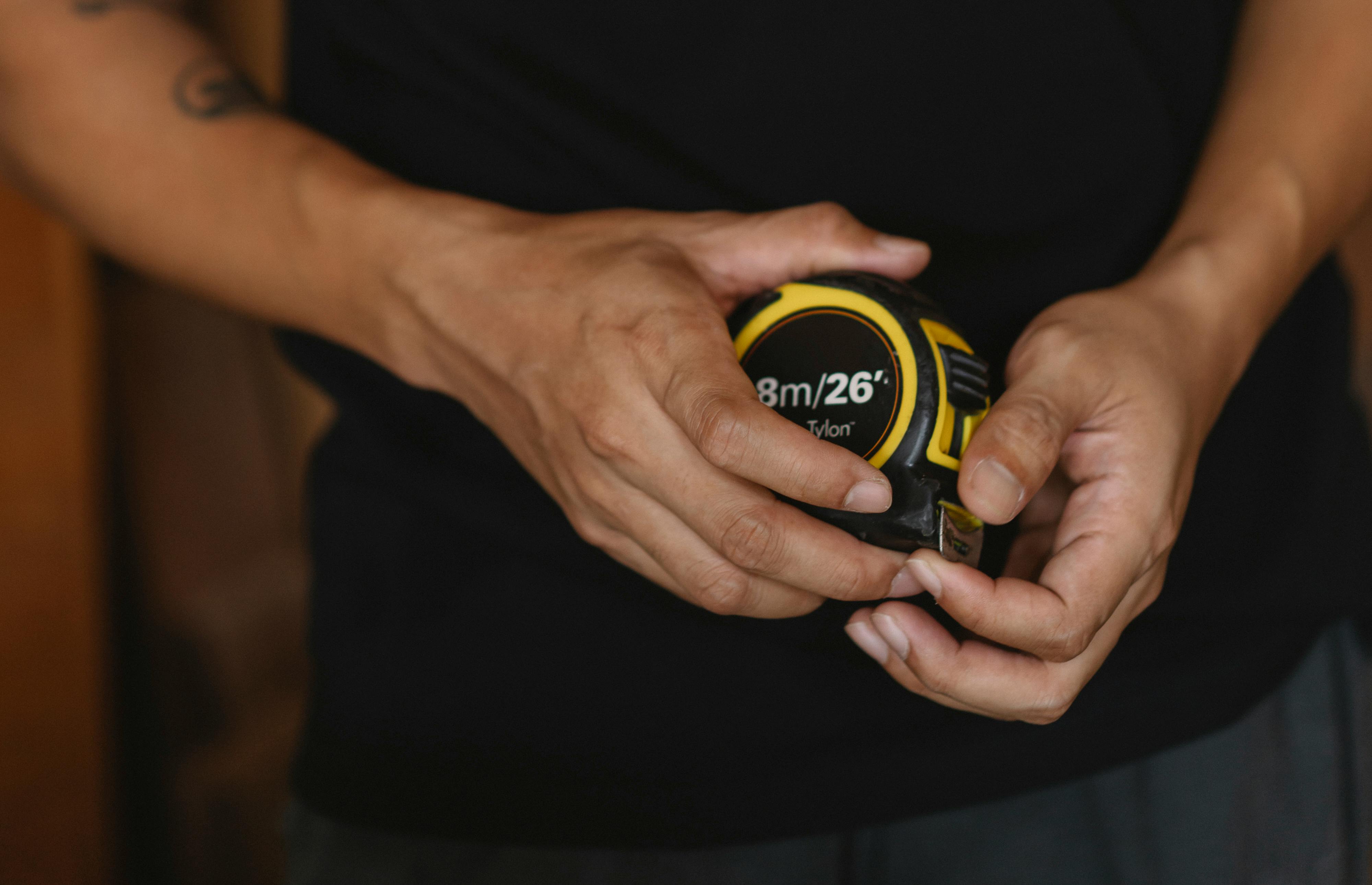
Hone your knife sharpening skills to make a good day of fishing a great one
There’s a common saying among anglers that “even a bad day’s fishing is better than a good day’s work,” and you’d be hard-pressed to find an angler who disagrees with that sentiment. After all, it’s hard to be too upset after spending a full day on the lake or in the ocean, or sitting on the shore, fishing and taking in the scenery. But catching a lot of fish is what really makes for a great day of fishing, albeit with one nasty chore: cleaning the fish. Fortunately, even that task can be made less unpleasant when anglers have the right set of tools. That doesn’t mean anglers should run out and buy a new set of knives; periodic sharpening of the knife is all that is needed to make the job easier.
Using a dull knife is the fastest way anglers fail to fillet fish, and is perhaps the reason many dislike the task. It makes the process difficult and adds an element of danger to the job, as cutting through the bones and meat of the fish with a dull knife can result in a blade going through your hand. In fact, many anglers who have had difficulty with the filleting process in the past probably did not have the right blade for the job. But there’s more to knife sharpening than just buying a tool at the store, as even sharpeners that come with a warranty often don’t sharpen the knife enough to cut through skin, scales, and bone. This is because many anglers lack the knowledge to use these tools correctly. While the process sounds straightforward, there are a few knife sharpening tricks that could make the difference between a clean cut and, well, a cut on your hand.
A proper knife sharpening session actually consists of two elements: sharpening and polishing. The sharpening step involves grinding the blade, removing the metal, and creating a smooth edge, while the honing step involves straightening that already sharp blade. Think of it this way: regular use of the instrument wears down that straight edge over time, putting it out of alignment a bit and contributing to dullness. The sharpening process realigns the edge, recreating that clean, sharp cut the knife originally had. The honing process is also quite quick and easy, although it does require the use of honing steel or a good strong stone. Many anglers can do it themselves by following one of the many simple online video tutorials, but there are also plenty of professionals who can get the job done quickly and safely for those who don’t want to take any chances.
When a knife is properly sharpened and polished, it is much easier and safer to fillet fish without unnecessary pushing and pulling or accidental slipping. There’s no better way to end a great day on the water than with a dinner of those freshly filleted fish.